Georgia Krawiec, Warsaw, Poland
Georgia Krawiec (born 1972 in Poland) – a graduate of the Department of Fine Arts at the University of Siegen (Germany). She majored in photography and received her diploma in 2000 (in Jürgen Königs’s workshop). She collaborated with the group called Brauhaus-Fotografie/Germany (1993–2000). She is a member of the Union of Polish Photographic Artists (ZPAF, since 2005), member of the board of the Polish National Festival of Pinhole Photography (OFFO) and she collaborates in the Polish-German Art Project SilesiaTopia.
She took part in numerous individual and collective exhibitions in Poland and abroad, for example in the Festival of Polish Culture in Luxemburg, Month of Photography in Cracow, International Festival of Photography in Lodz, Voies Off in Arles, France, Polish Pinhole Photography in Boston and New Bedford and many others. Her works can be found in photographic collections all over the world.
Georgia Krawiec teaches at the Photographic School of the Union of Polish Photographic Artists where she manages the Workshop of Archaic Photography, and in the European Academy of Photography in Warsaw. She is an authoress of essays and lectures presented, for example, at the National Museum in Warsaw and the National Art Gallery Zacheta. Krawiec also lectures on German photography and contemporary pinhole photography. She was a member of the panel of judges of photographic contests (like Creative Valley shown on the Polish public television TVP) and a member of the commission Portfolio-Review at The Art Institute of Boston (AIB), USA.
Georgia Krawiec currently lives and works in Berlin.
desORIENTierung
The Orient as a fairy-tale backdrop for dream journeys already fascinated the first generation of photographers: the scent of the spice bazaars still emanates from the calotypes of Reverend Bridges' Grand Tour, and the seemingly soft desert sand blows unbidden under the eyelids when viewed.
However, the Orient is also associated with relentless violence, with foreign-determined religious wars and with political cruelty. The oriental man (should he exist as such) survives by using two forms of existence that are grotesque in their combination: He enjoys the uncertain here and now and at the same time devotes himself to the secure hereafter. Lebanese society in particular, a highly ethnically and religiously mixed population, has been shaped by traumatic experiences of war and has again recently been unsettled by attacks and unrest.
The Beirut subproject uses the oldest method of reproduction, the salt print, to show architectural ruinous mirages of the Lebanese capital, which in reality stand "vigil" between the most glamorous buildings to hold up the mirror of time to the fearless youth, which can become a deadly reality again at any time.
1 Reverend Bridges learned the process of calotype from Hanneman in 1845 and embarked on a seven-year Mediterranean Orient tour. He traveled to Palestine and Egypt, among other places.
2 The desORIENTierung (desORIENTing) project still includes the subprojects Damascus, Esfahan, Istanbul, Tehran, Yazd.
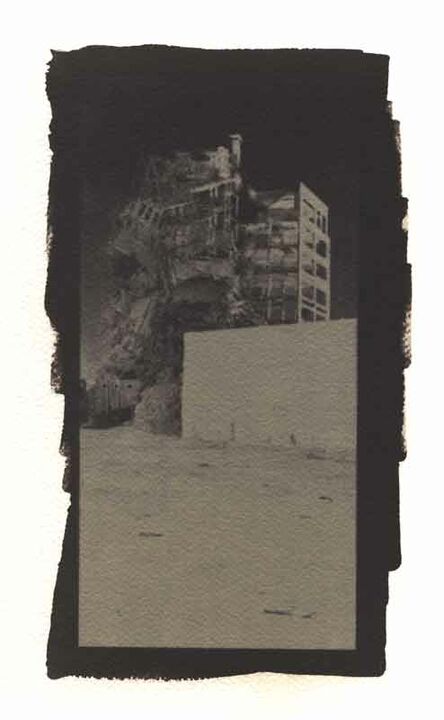
Lochy III
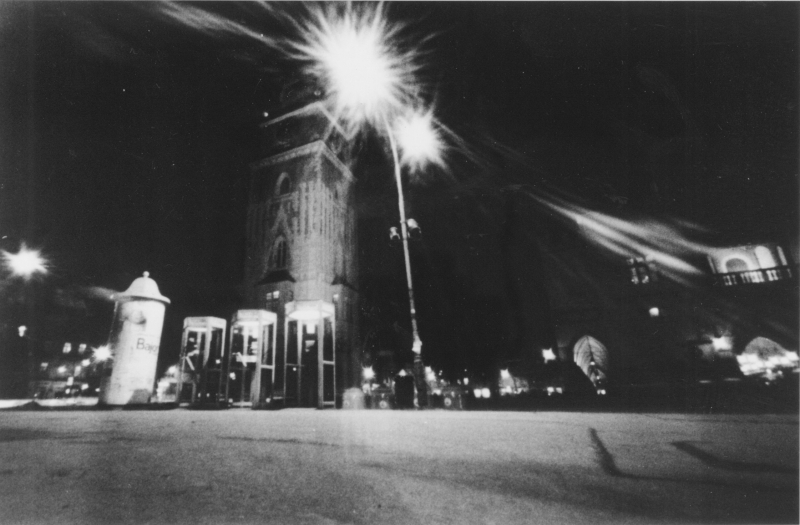
Mirador
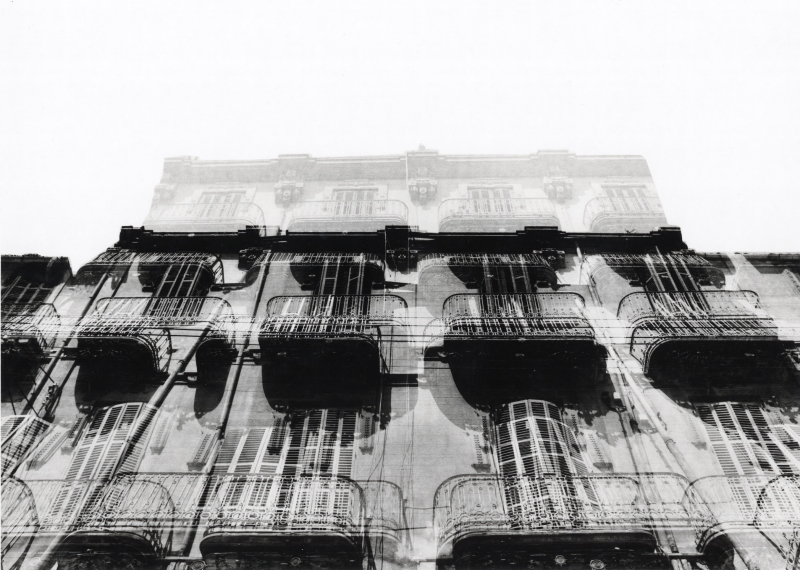
Braulicht
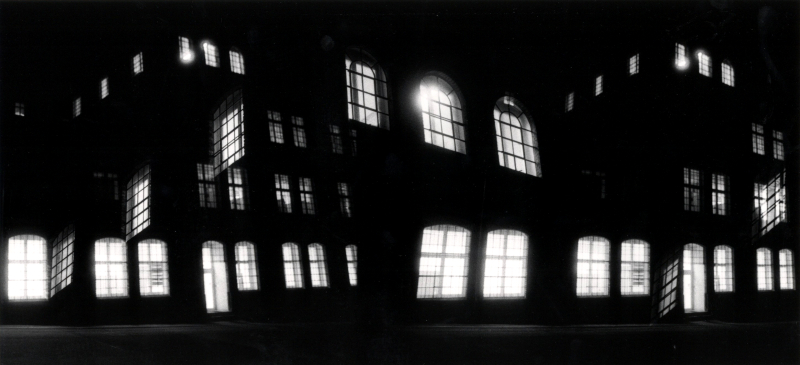
etranger cimetiére
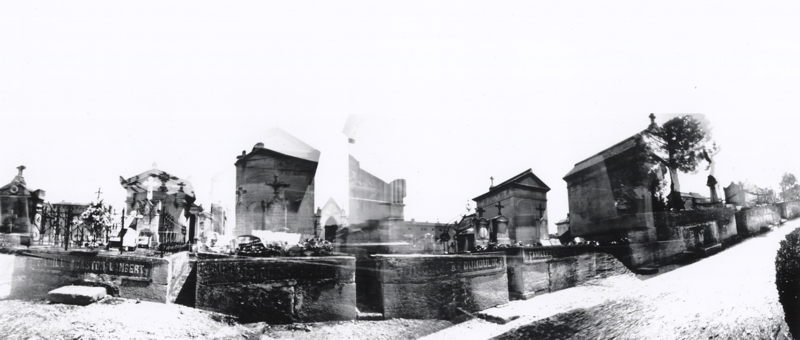
Krak 4/1996
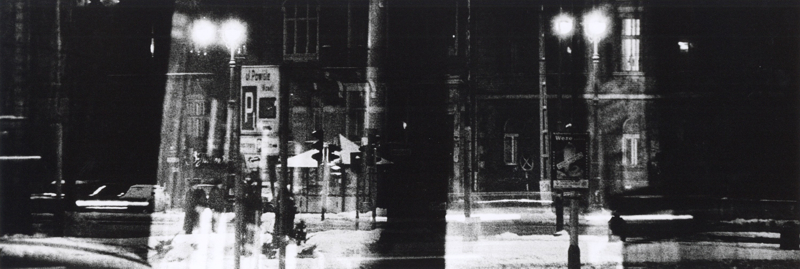
Krakauer Straßenlichter
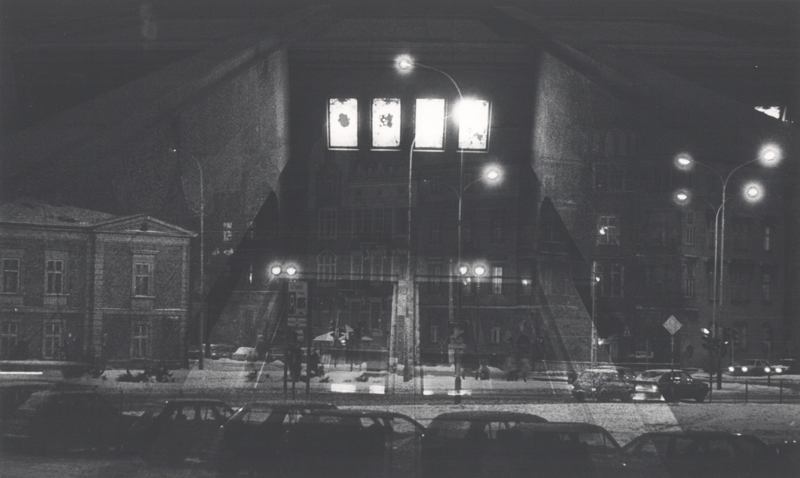
No Title
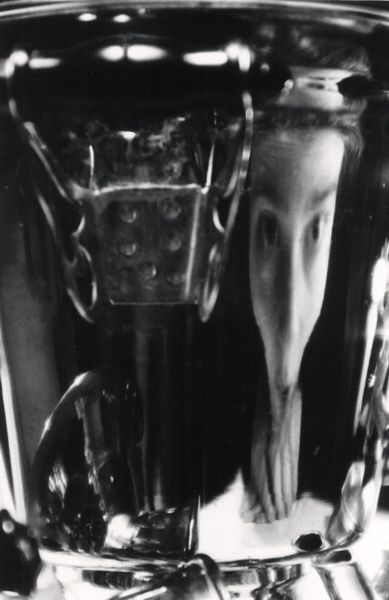
Books
Basia Sokolowska: georgia Krawiec – dezORIENTacja. Fototapeta 11/2007, Poland 2007
Adam Sobota: Podróze w swietle. [Travels in Light]. Catalogue of the Exhibition dezORIENTacja, Galeria FF, Lodz, Poland 2007








